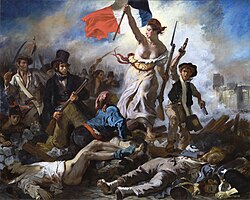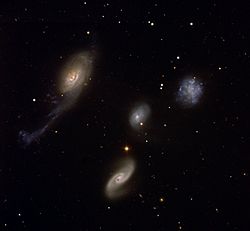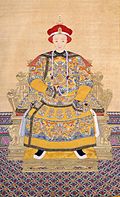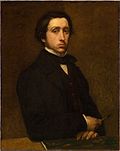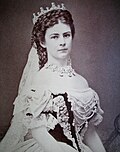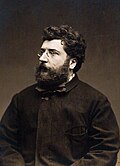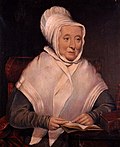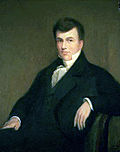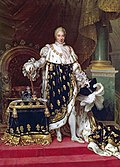
| Millennia |
|---|
| 2nd millennium |
| Centuries |
| Decades |
| Years |
| Categories |
The 1830s (pronounced "eighteen-thirties") was the decade that began on January 1, 1830, and ended on December 31, 1839.
Contents
- Politics
- Pacific
- East Asia
- South-eastern Asia
- Australia and New Zealand
- Southern Asia
- Western Asia
- Eastern Europe
- Northern Europe
- Western Europe
- Southern Europe
- Africa
- North America
- The Caribbean
- South America
- Science and technology
- Astronomy
- Mechanical Engineering
- Photography
- Electricity
- Telegraph
- Computers
- Chemistry
- Biology
- Archaeology
- Sociology
- Transportation
- Economics
- Popular culture
- Literature
- Theatre
- Music
- Sports
- Fashion
- Religion
- Disasters, natural events, and notable mishaps
- Cholera
- Establishments
- External links
- Births
- Deaths
- References
In this decade, the world saw a rapid rise in imperialism and colonialism, particularly in Asia and Africa. Britain saw a surge of power and world dominance, as Queen Victoria took to the throne in 1837. Conquests took place all over the world, particularly around the expansion of the Ottoman Empire and the British Raj. New outposts and settlements flourished in Oceania, as Europeans began to settle over Australia, New Zealand, Canada and the United States.


